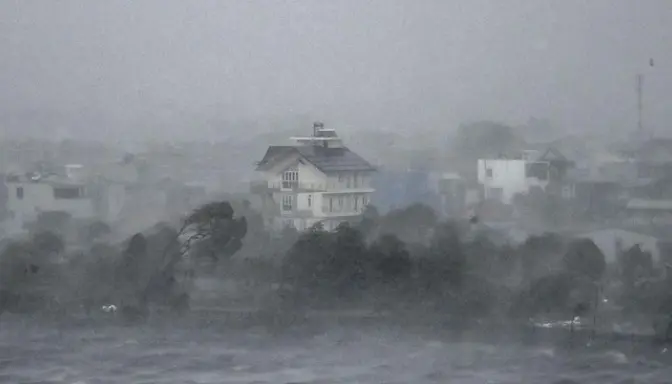Diksia.com - Super Typhoon Yagi, the most formidable storm in Asia, lashed several countries from Vietnam to China last week, leaving devastation in its wake.
The storm claimed numerous lives in Vietnam and triggered widespread power and telecommunications outages in Hanoi, the Vietnamese capital, on Saturday.
The typhoon’s ferocious winds led to massive power failures and communication breakdowns in Hanoi, while also causing severe flooding, uprooting thousands of trees, and damaging homes.
According to Vietnamese authorities, the storm, accompanied by landslides and flooding, resulted in 21 fatalities and 229 injuries in Vietnam.
Additionally, four people were reported dead in Hainan, southern China, and 20 in the Philippines, as reported by Reuters on Monday (September 9).
Upon reaching Vietnam on Saturday evening, Yagi generated waves up to 4 meters high along coastal areas, exacerbating the prolonged power and communication disruptions.
Meteorological agencies have issued warnings for “flash flood risks” that continue to threaten riverine regions, including Hanoi.
As the winds subsided, Hanoi’s authorities quickly began clearing roads of fallen trees scattered throughout the city and its suburbs.
Super Typhoon Yagi struck Vietnam’s coastal regions with winds reaching speeds of up to 160 km/h near its core, though it had weakened from a peak speed of 234 km/h recorded the previous day.
According to The Guardian, with a maximum wind speed of 234 km/h, Yagi is noted as the second strongest tropical cyclone globally this year, surpassed only by Atlantic Hurricane Beryl, which holds the title of the most powerful storm of 2024 in the Pacific region.
Formed over the warm waters east of the Philippines, Yagi arrived in China as a Category-4 typhoon, bringing winds strong enough to overturn vehicles, uproot trees, and damage roads, bridges, and buildings.
Scientists believe that the storm’s intensification was fueled by warming seas amid climate change. Last week, Typhoon Shanshan struck southwestern Japan, marking the strongest storm to hit the country in several decades.






